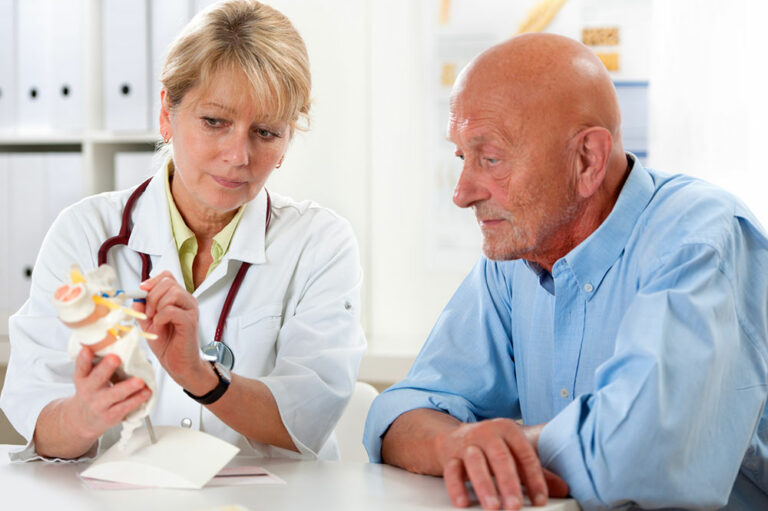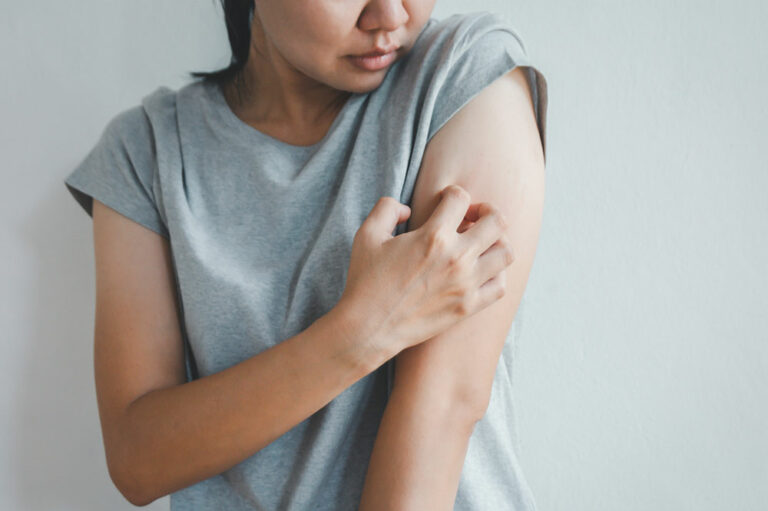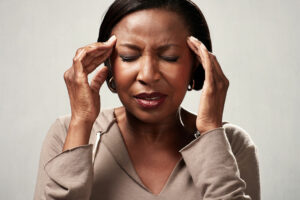
Signs of spinal stenosis and its therapies
Spinal stenosis occurs when the spinal canal becomes too narrow, exerting pressure on the spinal cord and the nerves traveling through the spine. It usually occurs in the neck and the lower back. Some people may have no symptoms, while others may experience signs that aggravate over time. Typically, spinal stenosis results from wear-and-tear in the spine caused by arthritis. Here are the symptoms and the treatment for spinal stenosis. Symptoms Depending on the severity and location, you might experience weakness, tingling, pain, or numbness in your feet, hands, legs, arms, neck, or back. As spinal stenosis develops gradually, the symptoms may not appear even if the condition is noted in imaging tests or X-rays. Moreover, the symptoms may come and go and affect people differently. Lumbar spinal stenosis symptoms If one is diagnosed with lumbar spinal stenosis, one may have the following symptoms: Pain that decreases when you sit, walk uphill, or lean forward Aggravated pain on walking, standing for a long duration, or walking uphill Pain in the lower back Pain starts in the buttocks and travels down the leg and foot Tingling sensation or numbness in the foot, leg, or buttocks Heavy feeling in the legs that results in cramping in one or both legs Cervical spinal stenosis symptoms If one is diagnosed with cervical spinal stenosis, one may have the following symptoms:
Read More... 




